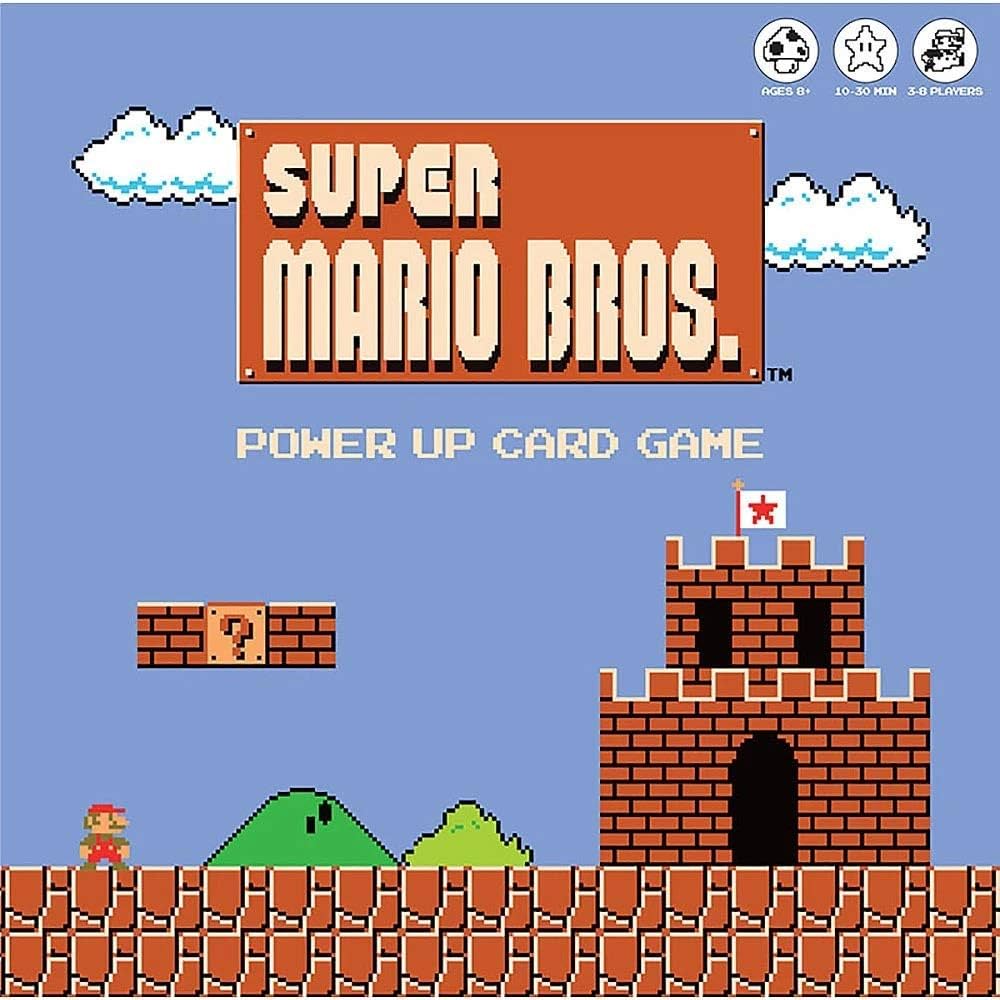The Pros and Cons of Online Learning
February 21, 2023
Online learning is a widely known “idea,” and was put to use from 2020 to 2022 due to COVID-19. During COVID, it was also known as distance learning, and according to the United States Census Bureau, “Nearly 93% of people in households with school-age children reported their children engaged in some form of ‘distance learning’ from home but lower-income households were less likely to rely on online resources.” This shows that most of the population experienced online learning, and there were many good things about it, but there were still some downsides to this idea. Two good things about online learning are its flexibility and the increased course variety. On the other hand, one downside is that detecting cheating during online assessments is complicated, and another downside is that it may cause a state of isolation for students.
There are many pros to online learning. One of these advantages is the flexibility of online learning. For example, if you have a job, or if your schedule is full for that day, you can use your own time to learn instead of having to have scheduled classes and having to be there on time. This way, you can do your work or study on your own time and you won’t have to miss anything if you’re sick. Also, online learning can have increased course variety compared to regular school. Since students are not required to travel to campus for specific classes on specific days and times, they can enroll in whatever class they want from the comfort of their homes. Then, they can enroll when they want and they can do things wherever they want, and they just need a computer. Although there are many positives to online learning, there are still many disadvantages.

One of the disadvantages is that it is harder for teachers to detect cheating during assessments. For example, when taking an assessment, students could have a personal phone or tablet they are cheating off of, and the teacher would have no way of knowing. The only way they could possibly know is if they had to have their camera on, but the student could still have the device positioned so that the teacher cannot see it in the camera. Another disadvantage is that online learning can cause a state of isolation for students. Online learning methods make students engage in “solitary contemplation without interaction,” according to e-student.org. This can lead to a state of isolation because of the need to work alone instead of with other students, just like in regular school.
When asked how online learning has affected the way she teaches, 7th grade history teacher Mrs. Pulaski responded that she definitely uses more technology in her teaching and has learned how to use more programs to use in her teaching. She also stated that “I felt more connected with my students, and I feel like even to this day I feel more of a personal connection, and I’m not afraid to make more personal connections” When the 7th grader Mason Ruiz was asked if he thought online work and learning was harder or easier than regular learning, he stated that it was basically the same level of difficulty, but it was a little bit harder. He then explained that this was because there was less student-to-teacher interaction than in a regular school where he could talk to the teacher in person.
All in all, online learning is widely used throughout the world and is a very well-known way to learn. Some people like it, and some people don’t. Some pros of online learning are the flexibility of it, and the increased course variety compared to in-person school. On the other hand, some cons of online learning are that detecting cheating during the assessments could be very hard, and it may cause a state of isolation for the students. What is your opinion about it? Did online learning have an overall good or bad impact on society?











































